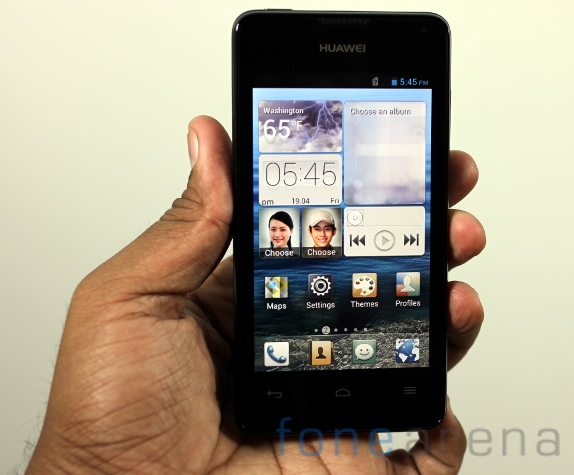
Huawei launched the Ascend Y300, the company’s latest mid-range Android smartphone in India earlier this month. We brought you the benchmarks of the device, here we have the complete review of the device. It has a 4.0-inch (800 x 480 pixels) capacitive touch screen IPS display. It is powered by a 1 GHz dual-core Qualcomm Snapdragon S4 Play (MSM8225) processor, which is also used in the Ascend G330D, G510 and G600. It runs on Android 4.1 (Jelly Bean) with Emotion UI on top.
Hardware
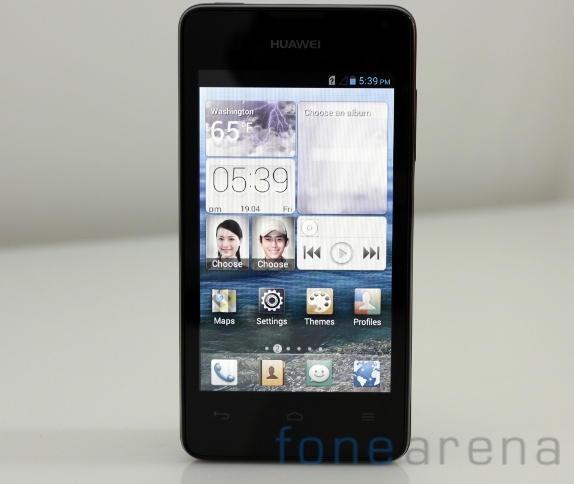
The 4.0-inch IPS display with a resolution of 800 by 480 pixels and a pixel density of 233 ppi is not the best out there. You can clearly see the pentile stripes on the screen and it is a fingerprint magnet since the screen is glossy. The screen is bright and has good viewing angles. The bezel on the top and bottom are large, which makes the screen look small.
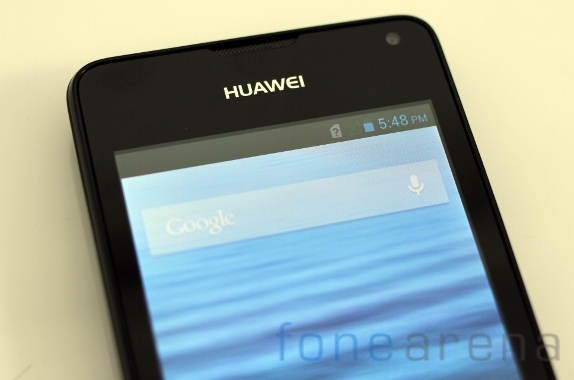
There is a VGA front-facing camera above the display. The ear piece is on the top most edge, above the Huawei branding. On the other side there is a LED notification light, which is invisible if it’s not glowing. This is a nice addition to the phone, which is not usually seen on Android phones in this price range. The phone also has proximity and ambient light sensors next to the notification light.
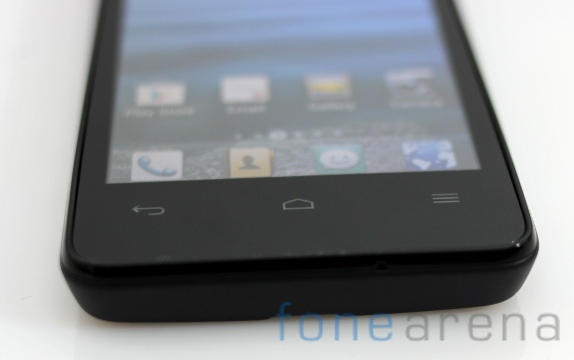
There are the usual capacitive touch button below the display for back, home and menu. There is a tiny microphone hole on the corner of the bezel.
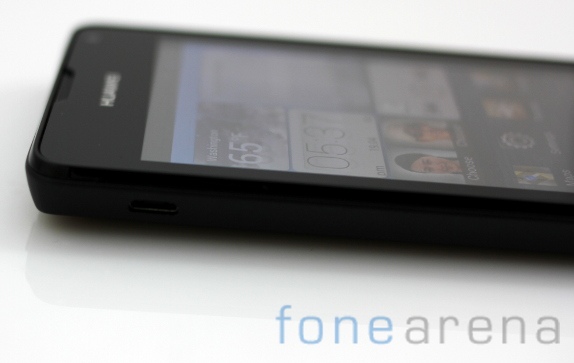
There is a micro USB slot on the left side.

The volume rocker is present on the right side. The phone has a smooth rubbery texture around the frame, which makes it look premium.
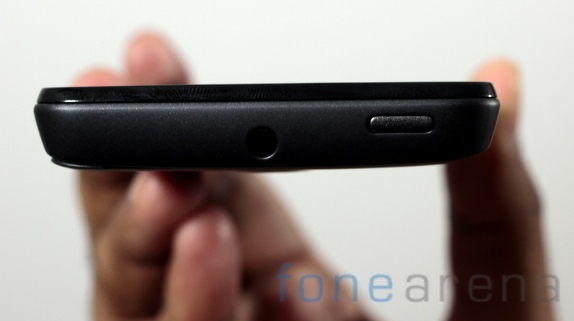
On the top there is a power / lock button and a 3.5mm audio jack.

There is 5-megapixel auto focus camera on the back with LED Flash.
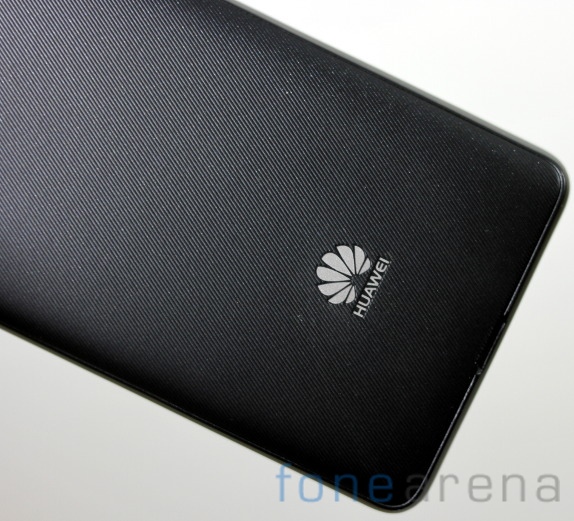
Even though the back cover is made of plastic, it has a smooth feel even though it is textured. It also offers a nice grip.

On the back there is a SIM card slot and a micro SD card slot. As you can see from the image above, the assembly is up side down. The phone packs a 1730 mAh battery.
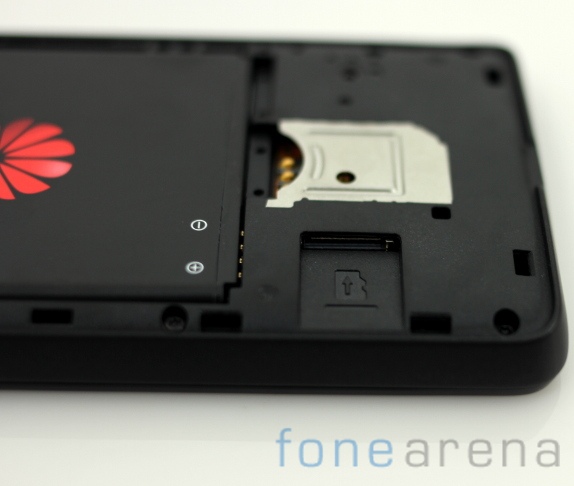
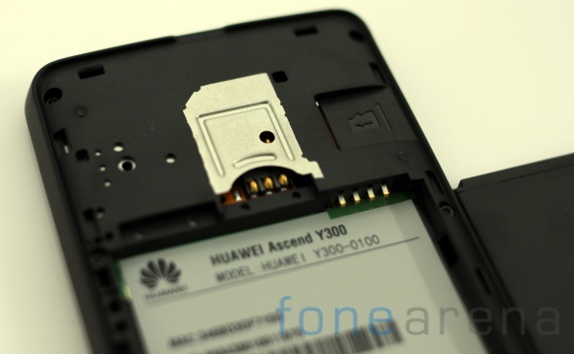
Even though both the SIM card and micro SD slots are easily accessible without removing the battery, it doesn’t have the hot-swap feature, so you need to restart the device once you insert them.

The plastic back could be removed easily.
Camera
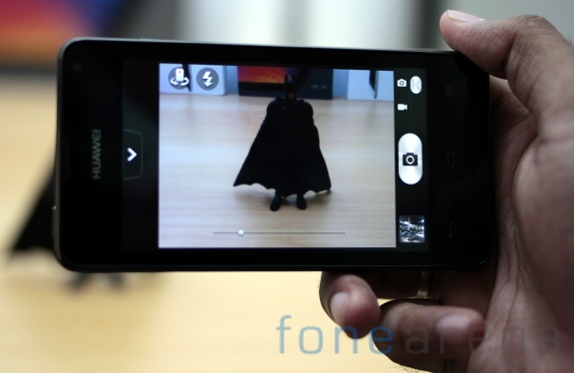
The phone’s camera UI is simple. The 5-megapixel shooter takes decent shots in daylight, but it is average in low-light even with the LED flash. The auto focus or the touch focus doesn’t work well for macro shot. There are different Scene modes (Negative, Solarize, Posterize, Aqua, Mono and Sepia) and option to change the white balance, ISO, set the image quality (Super fine, Fine and Normal), Change the picture size (5MP, 3.2MP, 0.8MP and 0.3MP). You can also set a scene type (Auto, Action, Portrait, Night, Fireworks and more). You can switch to front-facing camera or change the LED Flash settings (Auto, On or Off) from the top left corner.
Here are some camera samples
You can switch to the video mode from the right corner. The phone can record videos only in VGA (640 x 480 pixels) resolution. Check out the video sample.
httpv://www.youtube.com/watch?v=SOVTjnPw1ps
Software
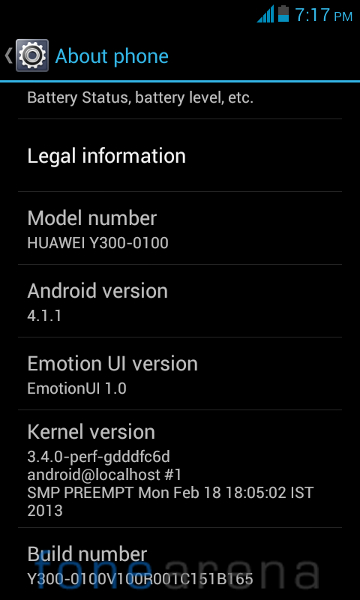
The phone runs on Android 4.1.1 (Jelly Bean) with Huawei’s own Emotion UI 1.0 on top.
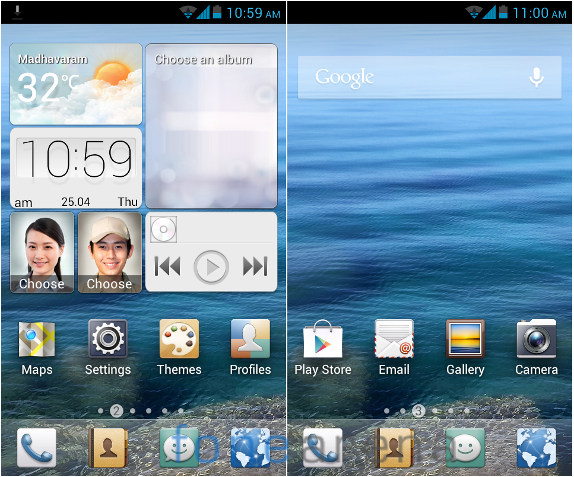
The phone doesn’t have a separate menu, and all the apps are present in the home screen. So, you might need some time to get used to it. There is a smart tutorial that is much useful for entry-level users to learn the software features. There are shortcuts on the bottom of the screen, which could be replaced. There are also several widgets, including a Me widget that shows time, album, quick contacts and a music player. The UI might be laggy at times, and the large widgets can take up more RAM.
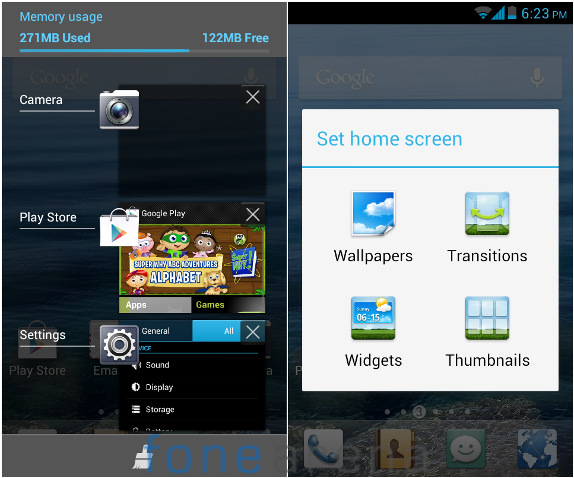
You can hold the Home button to get to the multitasking menu. You can swipe to clear the applications or use the clean icon on the bottom to remove everything. It also shows the RAM details on the tops, just to let you know how much RAM gets freed up when you clear the applications. When you press the menu button, you get the home screen option, and not the settings that usually appears on other Android smartphones. This menu lets you change the wallpaper, transition between different home screens, add widgets and choose thumbnails. There is a separate settings icon in the homescreen to get to settings options.

The Huawei’s default lock screen lets you launch the dialer or messaging directly from the lock screen. Even though the phone has Google Now feature, you can’t launch it from the lock screen. You can change the lock screen to Face unlock, PIN unlock and more from the settings.
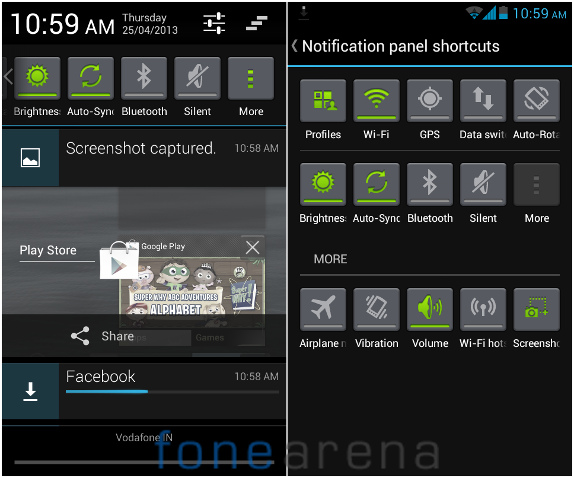
The drop-down notification bar has rich notifications that lets you share, delete and do more actions from the notification pane. There are notification panel shortcuts on the top. It shows toggles for four, but you replace it with range of other toggles from the options.

The phone has 4GB of internal storage, and you get 2.16GB of usable memory. Out of 512MB of RAM, you get 394MB of usable RAM.
Apps

There are several apps that comes pre-loaded in the phone. The utility apps include, calculator, calendar, flashlight and Sound Recorder. Google Apps include, Maps, Chrome browser, Gmail, Google+, Google Search with Google Now and YouTube. There is a Huawei Care app to contact Huawei support easily, Weather app to check the weather, Facebook and Twitter apps.
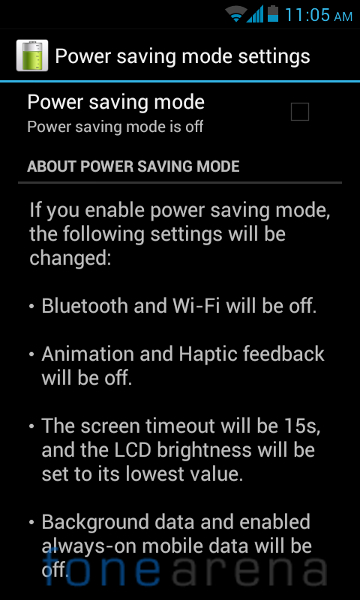
There is a power saving mode in the settings that would let you increase t the battery life by turning off Bluetooth, Wi-Fi, background data and more. You’ll get a bulb icon on the top bar when the power saving mode is enabled.
Music Player and FM Radio
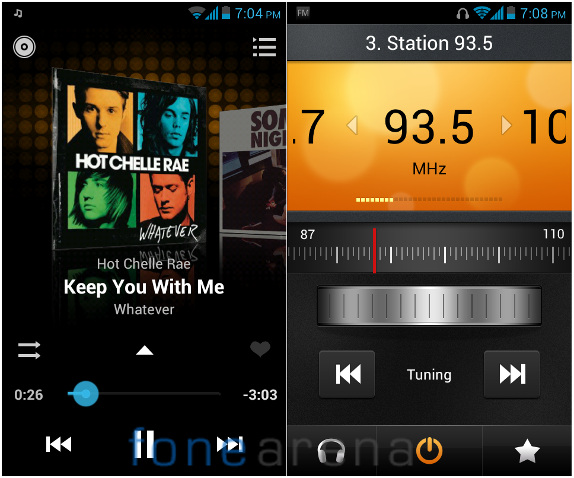
The Music Player is simple, but it doesn’t have an equalizer. It can play mp3, wav, ogg, mid, and amr audio files. The FM Radio is simple similar to the Music Player. It doesn’t have RDS support. It can play 702p videos smoothly. Audio through the loudspeaker is not quite loud.
Calls and Messaging
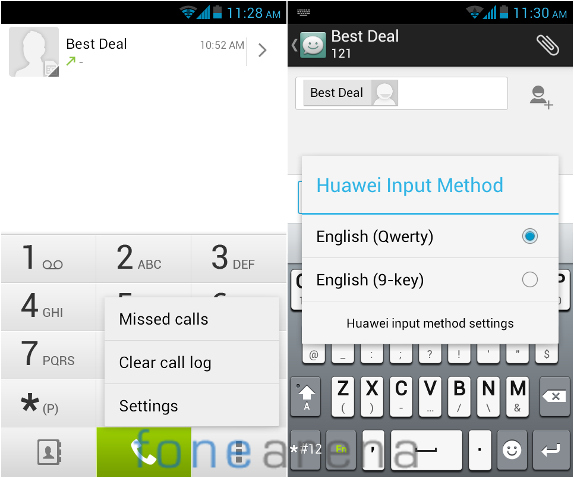
All the calls went through well without any dropped calls. The dialer has a menu that lets you view missed calls or clear the call log easily. The phone has Huawei’s own Qwerty keyboard layout. You can also switch to the T-9 which is a 9-key keyboard.
Performance and Benchmarks
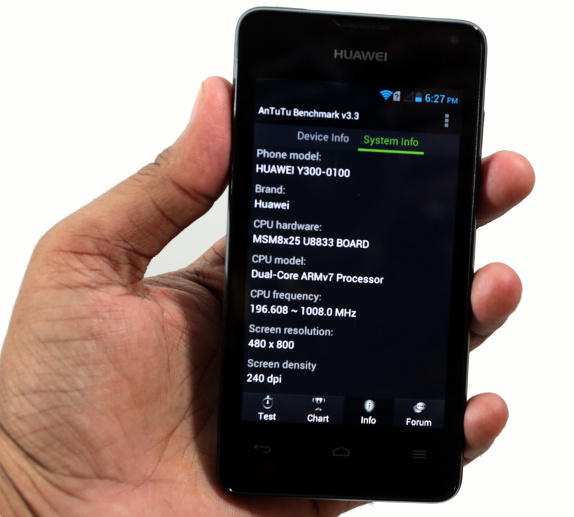
Performance of the device is decent. It stutters at times, but the common games like Temple Run, Subway Surfers were smooth. It is powered by a 1 GHz dual-core Qualcomm Snapdragon S4 Play (MSM8225) processor with Adreno 203 GPU.
Quadrant Benchmark
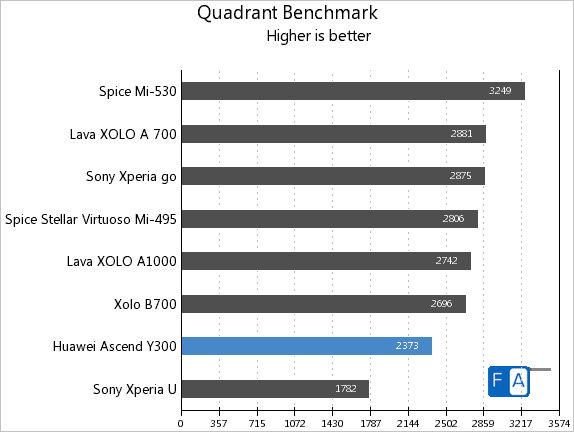
The Ascend Y300 powered by a dual-core Snapdragon S4 Play processor is behind most of the phones powered by a dual-core MediaTek processor in the Quadrant Benchmark.
AnTuTu Benchmark v2.9
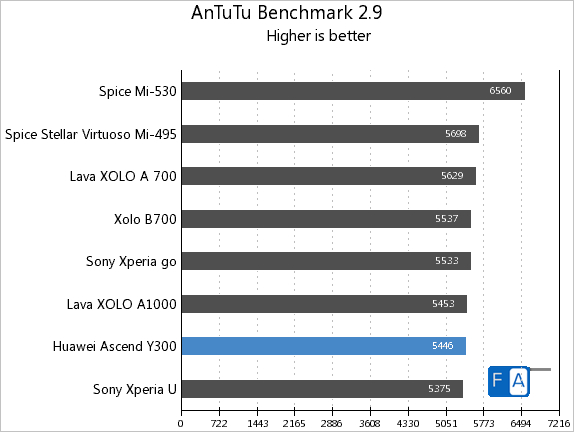
The Ascend Y300 couldn’t beat most of the phones even in the AnTuTu Benchmark v2.9.
Vellamo 1.0
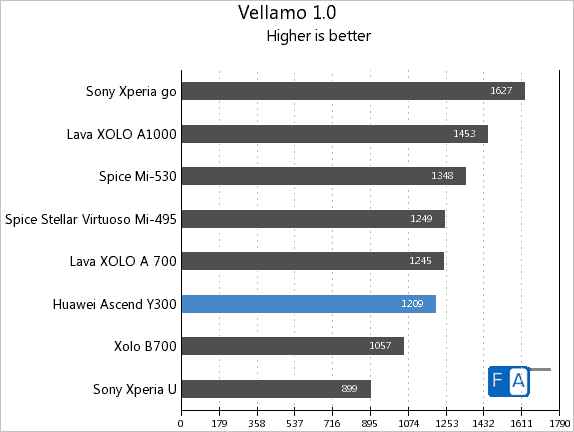
Even though the phone runs on Android 4.1, it could score just 1209 points in the Vellamo 1.0 browser benchmark. Check out the complete list of Huawei Ascend Y300 Benchmarks here.
Connectivity
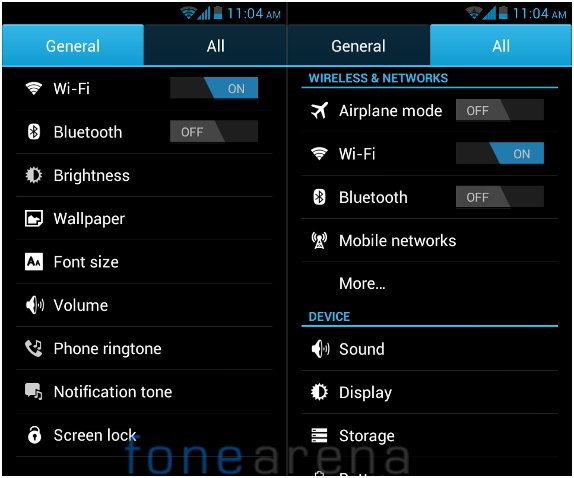
The connectivity features include, 3G HSDPA 7.2Mbps, WiFi 802.11 b/g/n, DLNA, Bluetooth 2.1 with A2DP and GPS / aGPS. There is a General settings to access the most important features quickly, apart from ‘All’. There is fast boot option that shaves off few seconds of starting time.
Conclusion
Overall, Huawei offers a decent package in the Y300. The phone runs on Android 4.1 (Jelly Bean) OS out of the box, which is rare to see these days, apart from few Samsung devices. The build quality is decent and the 1730 mAh battery lasts a whole day with average use with some music, radio, image captures and casual gaming for an hour. The power saving mode lets you extend the battery to more than a day. The phone also has a LED notification light, which is rare to see in a low to mid-range phone these days. The camera is decent for photos, but it can record videos only at VGA resolution, which is disappointing. At a price tag of Rs. 7980, if you need an Android 4.1 device with good build, but can sacrifice on camera and audio, go for it.
Pros
- Runs on Android 4.1 Jelly Bean out of the box
- Good build
- LED notification light
Cons
- Records videos only at VGA resolution
- Occasional lags
- Average loudspeaker audio




